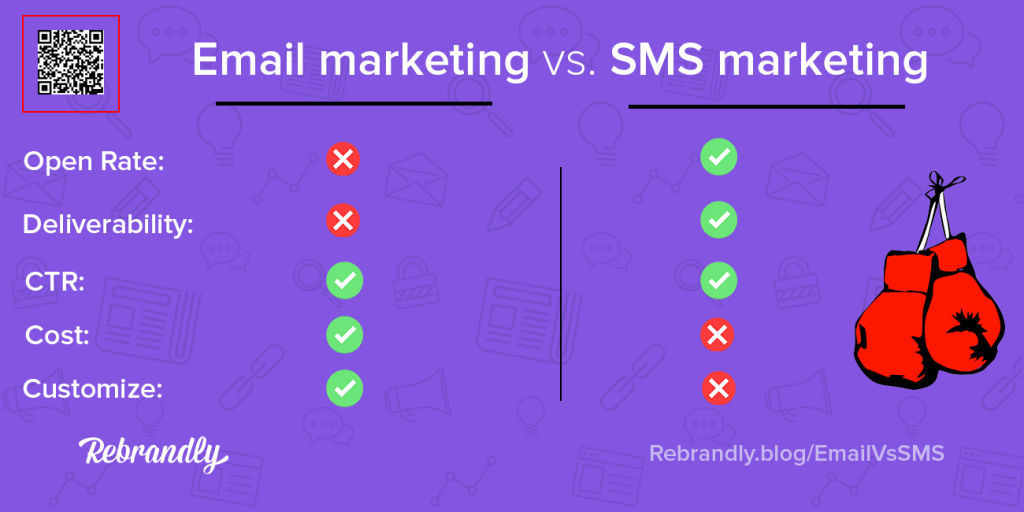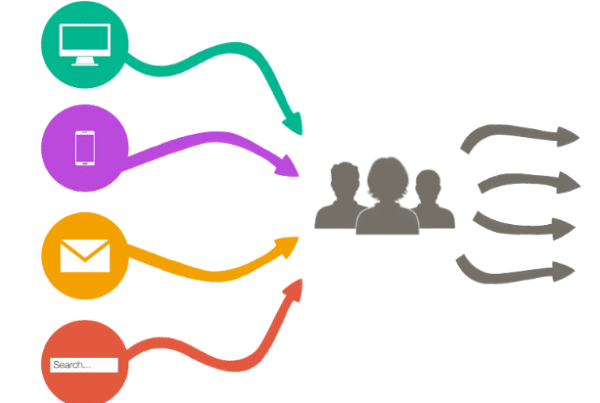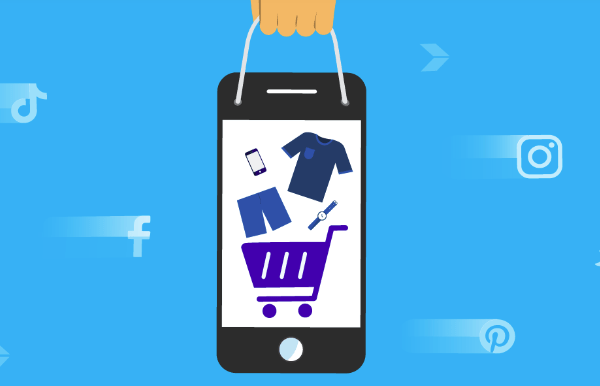2020 is a different type of year, I think we can all agree on that. As the landscape of digital is ever-changing, I’ve noticed a growing trend over the last few months that may be here to stay and puts what digital marketers have been saying (YELLING) for years on the forefront of MOBILE FIRST.
For years, websites have been collecting emails from pop-ups and other forms of lead gen such as giveaways, and other paths to capture that email. What’s starting to change is those pop-ups are now changing from trying to capture an email to capturing mobile numbers for the biggest growing marketing channel right now, SMS marketing.
The big question right now is whether it’s best to have pop-ups for sign up collecting emails or mobile numbers. I personally have a hard time deciding what way to go as email is as strong of a channel as ever, and at the same time, I’m seeing incredible results through SMS marketing.
Let’s look at some statistics for both in 2020 to try and get some conclusion in what direction to steer. Nevertheless, it’s important to note that every business has different needs, different websites convert differently, etc.
DIFFERENCES BETWEEN SMS MARKETING VS. EMAIL MARKETING
Tatango writes, “We’ve all seen brands use pop-ups to grow their email marketing lists, but we love seeing brands refresh this old strategy by applying it to SMS marketing. That’s because 90% of text messages are read within three minutes, whereas emails often sit unread in inboxes for hours or days, long after a sale has ended. Additionally, SMS click-through rates blow past email marketing click-through rates. The average SMS marketing click-through rate is 36%, while email lingers at just 3.2%. That’s more than a ten-fold increase, making SMS marketing a serious money-maker for a business.”
IMPRESSIVE SMS MARKETING STATISTICS
- While not everyone has a smartphone with internet access, 5 billion people in the world can send and receive SMS messages.
- 75% of consumers are OK with receiving SMS messages from brands (after they’ve opted in).
- SMS messages have a whopping 98% open rate.
- Text messages have a 209% higher response rate than phone, email, or Facebook.
- 90% of SMS messages are read within 3 minutes.
- Consumers redeem SMS-delivered coupons 10 times more than other types of coupons.
EMAIL MARKETING HAS A STRONG ROI
- For every $1 spent, email marketing generates $32 in ROI. (Oberlo)
- Conversion rates for emails are higher than social media, direct traffic, and search. (Smart Insights)
- 81% of businesses say that email drives customer acquisition, and 80% for retention. (Emarsys)
- 59% of marketers cite email as their number one source of ROI. (Emma)
- Email offers result in shoppers spending 138% on their purchases. (Disruptive Advertising)
DIFFERENT STRATEGIES BETWEEN EMAIL & SMS MARKETING
Email marketing and SMS marketing can serve very different purposes. Email marketing still works best for something like a newsletter that can really nurture leads and keep consumers engaged. When it comes to something like a flash sale for example, an SMS broadcast can work incredibly well.
Both have a role in a solid 360 digital marketing strategy so as you see, it’s important to collect these both pieces of data with permission to market to.
WAIT…THERE IS A COST DIFFERENCE TO THESE STRATEGIES

“The cost to send an SMS message varies by country if its local, the length of the message and the number of messages sent, overall it does cost more than an email marketing send. Email marketing is the most cost-effective way to send non-time sensitive messages to a large audience. Since the customization in email marketing varies from business to business and send to send, the direct cost of each campaign can vary completely.”
COLLECT BOTH PIECES OF DATA IN ON POP-UP
Well…here is the ideal scenario. In a pop-up offering first time discounts, giveaways, etc, add both fields to the pop-up to get both pieces of information. I wouldn’t make either a required field but I think this is a strategy to test.
Recommended videos:


